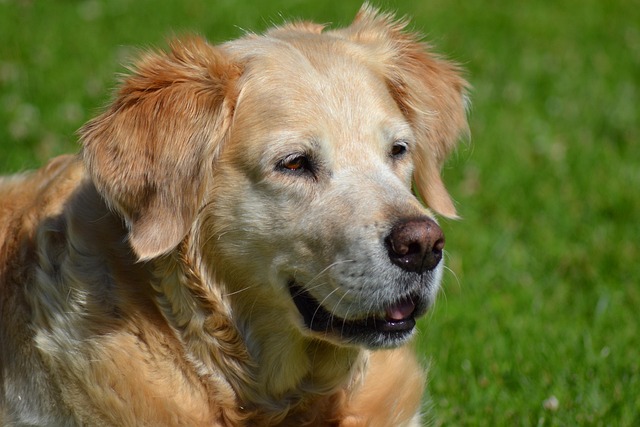
How do i train my dog to be obedient?
Watching your dog dart across the park ignoring your calls isn’t just frustrating—it can put them at risk near busy streets or public spaces.
That frustrating standoff when your dog either plants their paws stubbornly or transforms into a leash-pulling tornado - walking politely isn't an innate skill for dogs, but one of the most important things you'll teach them. Unlike popular belief, dogs don't automatically understand walks are for cooperative movement rather than chaotic exploration. The transformation from walk-resistant to walk-enthusiastic hinges on making the experience rewarding while setting clear expectations - all without physical corrections that violate modern animal welfare standards. Here's how to build enjoyable walking habits from the ground up.
Start before you even attach the leash. Many dogs get overexcited at the sight of walking gear because they've learned it predicts uncontrolled outdoor time. Break this cycle by doing "fake departures" - pick up the leash, then set it down without going outside. When your dog remains calm, reward them. Next, attach the leash indoors during quiet moments like mealtime, letting them drag it around supervised to normalize the feeling. For apartment dogs, practice walking circles in your living room first, rewarding whenever the leash stays loose. These low-distraction sessions build muscle memory for good behavior before facing outdoor temptations. Remember that puppies have limited bladder control - schedule initial walks around potty needs rather than arbitrary times to set them up for success.

The golden rule outdoors: pulling never gets rewarded. When your dog hits the end of the leash, immediately stop walking and wait silently until tension releases. The nanosecond the leash loosens, say "yes!" and resume walking with praise. This teaches that pulling makes progress stop while loose leash walking makes movement continue. For dogs that refuse to walk, try the "cookie trail" method: toss treats one foot ahead to create forward momentum, gradually increasing distance between rewards. Always carry high-value treats in an easy-access pouch along with waste bags - most cities require immediate cleanup regardless of training distractions, and being prepared prevents awkward moments when your dog finally cooperates.
Legal and social considerations shape walking etiquette. Many municipalities like Boston and Seattle enforce leash laws requiring dogs to be under control in public spaces - typically meaning a 6-foot maximum leash length. Retractable leashes often encourage pulling; stick with fixed-length options during training. If your dog reacts to others, ensure their rabies vaccination is current and consider a yellow "Caution" leash wrap to signal others to give space. For urban dwellers, practice "sidewalk manners" like not blocking pedestrian right-of-way - these unspoken rules keep community relations positive. Never use choke chains or prong collars; aside from being inhumane, they're banned in places like Austria and can increase reactivity in sensitive dogs.
The secret sauce for lasting success? Make walks mentally stimulating. Let your dog sniff (on your terms) - a 20-minute "sniffari" where they explore scents tires them out more than an hour of forced marching. Vary your route to maintain interest, and end walks before your dog gets overtired and stops listening. With consistency, even the most challenging dogs typically show improvement within 2-3 weeks, transforming walks from stressful chores into enjoyable bonding time while keeping you compliant with community standards.

Watching your dog dart across the park ignoring your calls isn’t just frustrating—it can put them at risk near busy streets or public spaces.

New puppy owners often find themselves rushing to clean up accidents before they set in, and that’s where puppy pad training becomes a game-changer.

If you've noticed your dog's waistline disappearing and your veterinarian has mentioned those few extra pounds, your first instinct might be to simply reduce the amount of food in their bowl.

Training a dog to use a designated spot indoors isn’t as daunting as many new owners fear, but it does take consistency and an understanding of your pet’s needs.

That moment of dread on a walk is all too familiar for many new dog owners. You see another dog approaching down the sidewalk of your neighborhood

If the sight of another dog on your neighborhood walk makes your heart sink as your own dog erupts into a frenzy of barking and lunging, you're not alone.